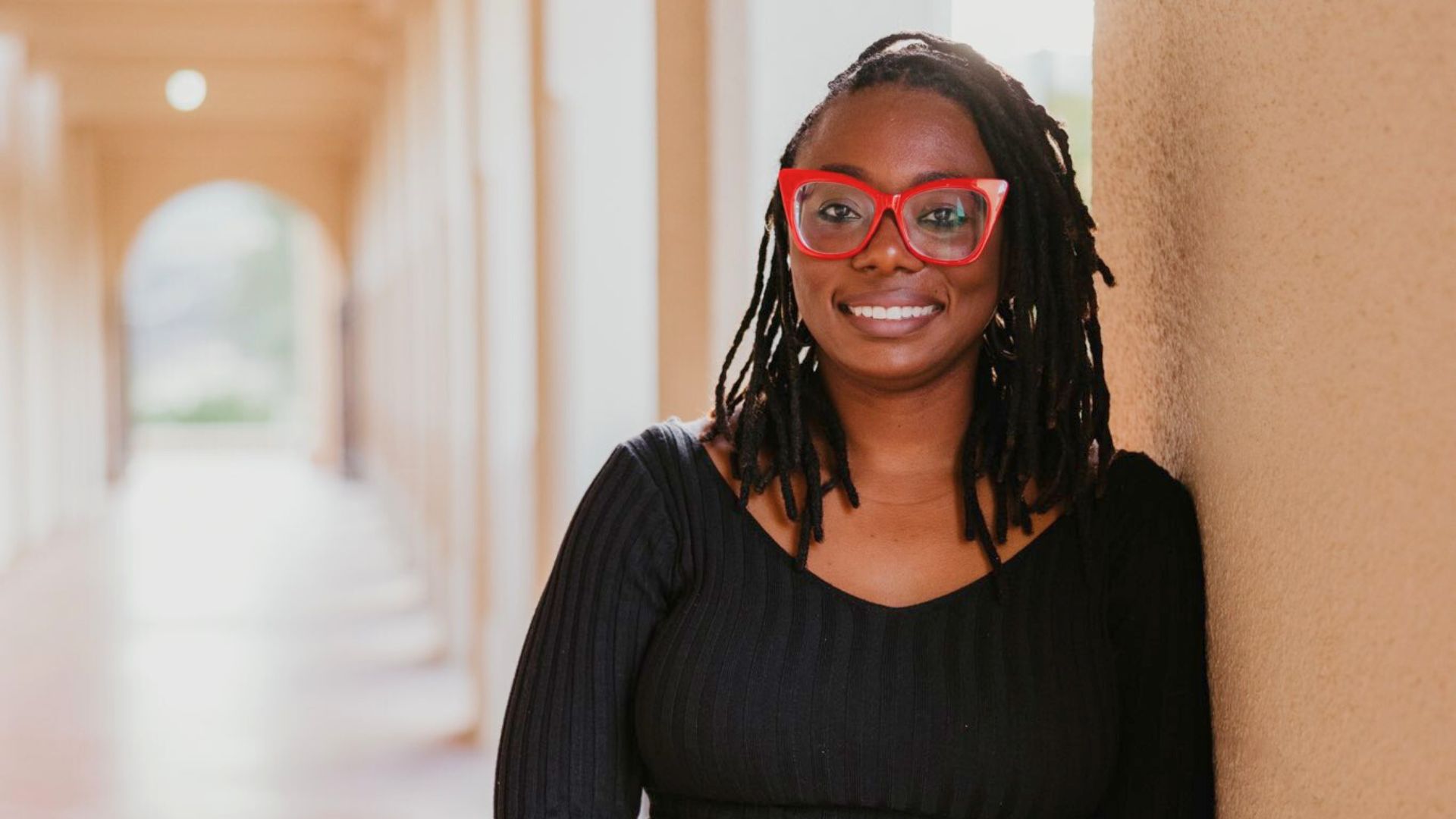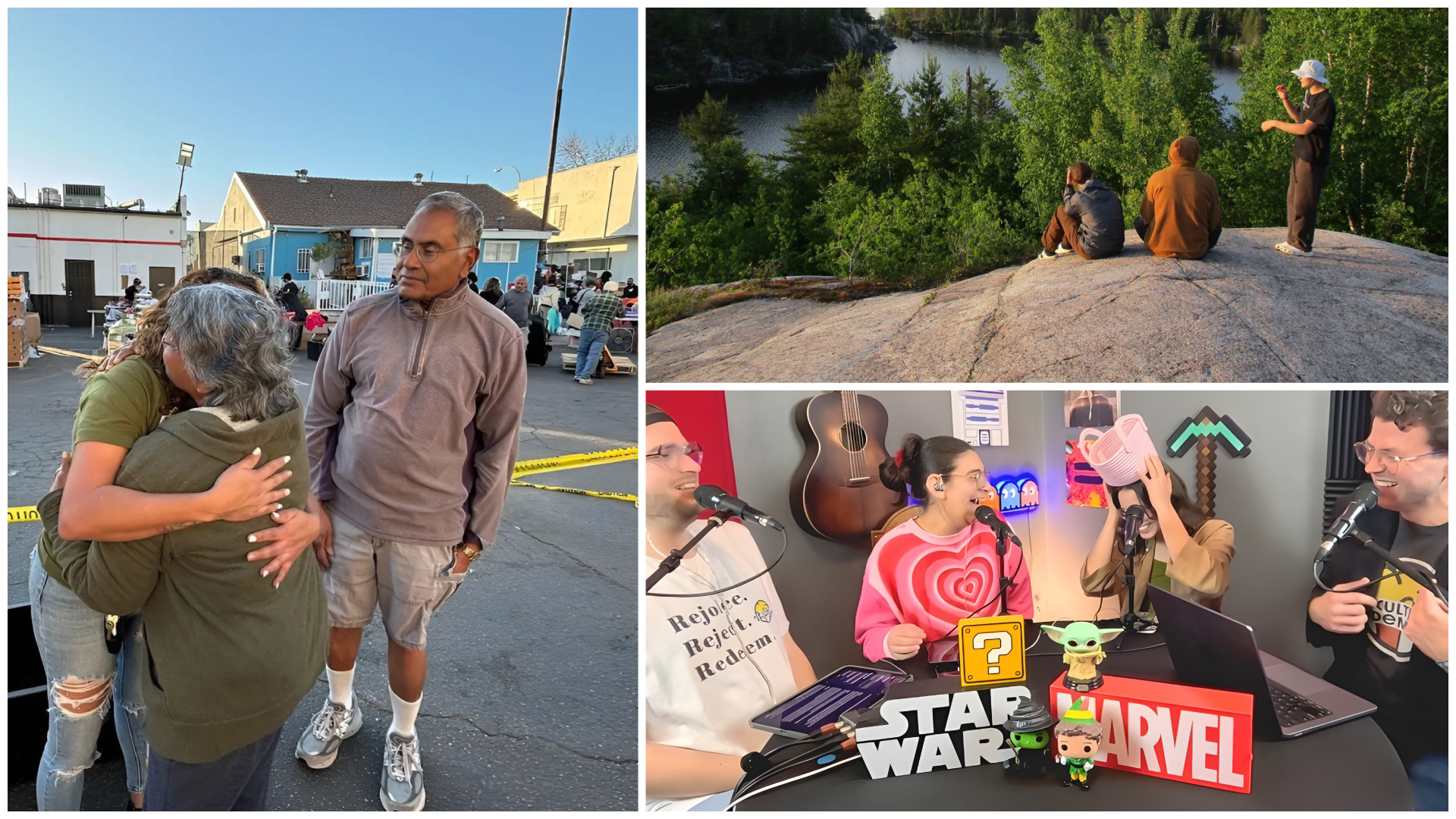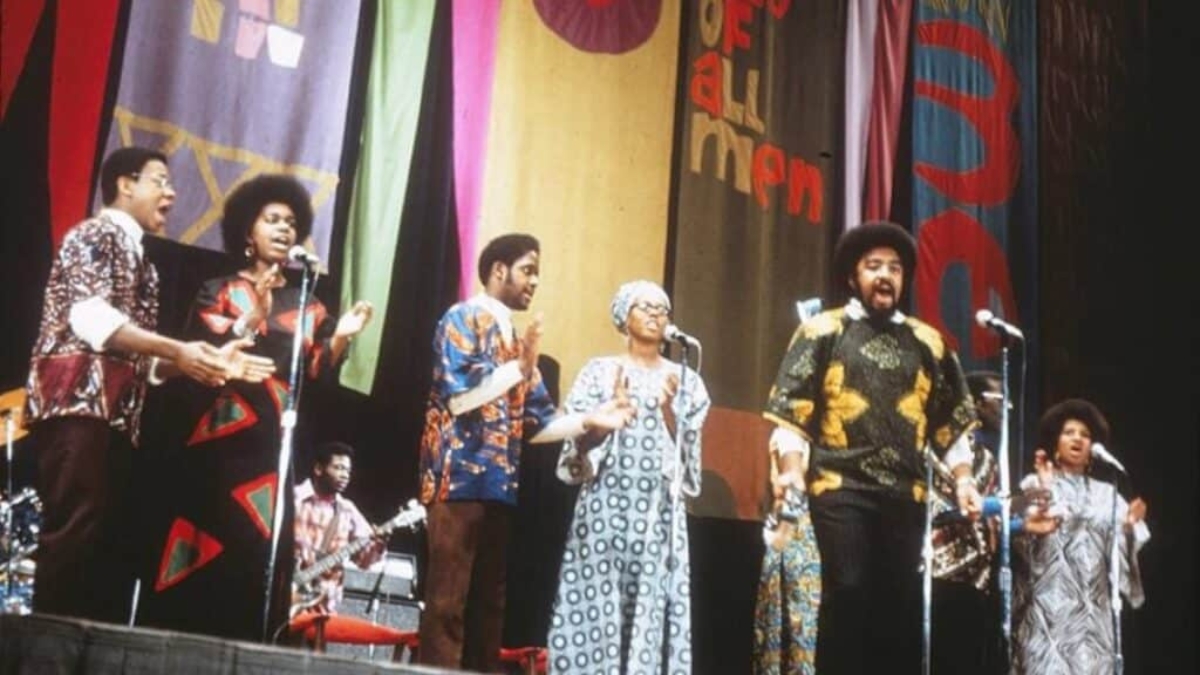“Jesus was right there. In my time with Matt, he was right there,” my friend Simon said to me.
Simon was helping a friend at church move when the door of a neighboring apartment opened and a man slowly came into the hallway, clearly in need of urgent medical care. Simon accompanied the man, whose name was Matt, to the hospital.
That was the beginning of a four-month friendship. Matt’s needs were significant. His mental health was in decline. He was in and out of hospitals, and he was unable to keep up with his living space, which had become dangerously unsanitary. In his final days, Matt lost the ability to communicate verbally. From the outside, it looked like a one-way relationship.
But that’s not how Simon describes it. Simon will tell you that Matt reminded him how important it is not to be alone and that sometimes even holding another person’s hand in prayer or receiving another person’s touch by consent can be powerfully healing. Matt taught Simon that humans have a deep-seated need to face their death as well as they can.
“I saw Jesus in Matt,” says Simon, “and it changed my life.”
Simon and Matt’s friendship has me thinking about divine invisibility. More practically, it has me asking what it means to see God in the face of another human being, especially a stranger.
Scripture tells us that “no one has ever seen God” (John 1:18). But as we know (and as this passage goes on to say), that doesn’t mean God is unknowable. Divine invisibility is part of God’s vastness, and that vastness is like an unseen spiritual substance, bursting at the seams. As Julian of Norwich wrote, God “works in secret, and yet he wills to be seen.”
How does God will to be seen? Where can we see the visible face of the invisible God?
In Genesis 1, God works miraculously. God creates by speech and fashions an artfully ordered world. Yet amidst the splendor of God’s creation, God cannot be seen. But God does leave us a sign of God’s presence. “Let us make humans in our image” (1:16). In Julian’s words, God “wills to be seen” in the flesh and blood of creatures like us.
Creation foreshadows the incarnation. In assuming a body like ours, the invisible God is revealed among us. Of course, it takes faith to see God in the face of Jesus. Still, the invisible God is disclosed in—not behind—his creaturely flesh: “Anyone who has seen me has seen the Father” (John 14:9).
Then there’s the great judgment scene of Matthew’s Gospel. Before the judge stands both those who have done God’s will in feeding the hungry, opening their homes to strangers, and visiting prisoners, and those who have not. Each group, puzzled as to how they have—or haven’t—cared for not only others but the Lord himself, asks, “How is this so?” Jesus responds, “Just as you did it to one of the least of these, you did it to me” (Matthew 25:44).
How do we see God? There’s more than one way to answer this question (see Psalm 19:1). It stands to say here, though, that we can see God in the faces of our neighbors. In taking Jesus’s words to heart, we can see God’s face in the face of strangers who are suffering.
To be clear, this isn’t to glorify suffering. Rather, it reveals where God shows up in places of pain to bring healing. Notably, on the cross, Jesus was a stranger to nearly everyone around him. (Recall Peter’s initial reaction to Jesus’s prediction of his coming death: “This must never happen to you” [Matthew 16:22].) Yet we believe that what happened at Golgotha, followed by resurrection, is intended as a dramatic reversal of evil and suffering, saving us and moving us to share in the same healing, transformative work of God.
For some, seeing God’s face in the stranger might mean entering into the challenging work of engaging your Christian nationalist neighbor. For others, it might mean figuring out what hope looks like for those whose wealth insulates them from any sense of real connection with the poor. More often than not, I think it means recognizing the suffering around us as a place where God is revealed. It means remembering that all people bear God’s image.
When I see the images of men from the Cecot mega-prison in El Salvador, crammed together, row upon row upon row, do I see the face of God? Just a mile from where I live, Rümeysa Öztürk, a PhD student at Tufts University, was abducted in the middle of the day by officers dressed in civilian attire after she wrote an opinion piece in support of Palestinians. When I see Rümeysa’s image, do I see the face of God?
What does it mean for me to see the face of God in those men or in an image like Rümeysa’s? Surely it entails being moved, justly troubled by what I see happening. But it means more too. It means not looking away. I’m trying to figure out what not looking away means for me. Right now, it looks like participating in public protests and advocacy, alongside more subtle efforts to change flawed narratives used to justify discrimination and acts of cruelty.
I’m trying to follow the lead of others who are better at this than I am. I take courage from friends who know what it means to be marginalized, excluded because of their gender or ethnicity, yet continue to do what God has asked of them.
And I keep Simon’s example before me. Seeing Jesus in his friendship with Matt taught him just how much his well-being was intricately tied up with someone who at first was a stranger in need of help—but then became a friend. What would Simon have missed out on if he had looked away?
To not look away, to look into the face of a stranger can be uncomfortable. But, by grace, I want to keep looking. This might be our chance not only to see the invisible God, but to see God looking back at us as well.
This article was first published in the Covenant Companion Summer 2025 issue, the official magazine of the Evangelical Covenant Church.













